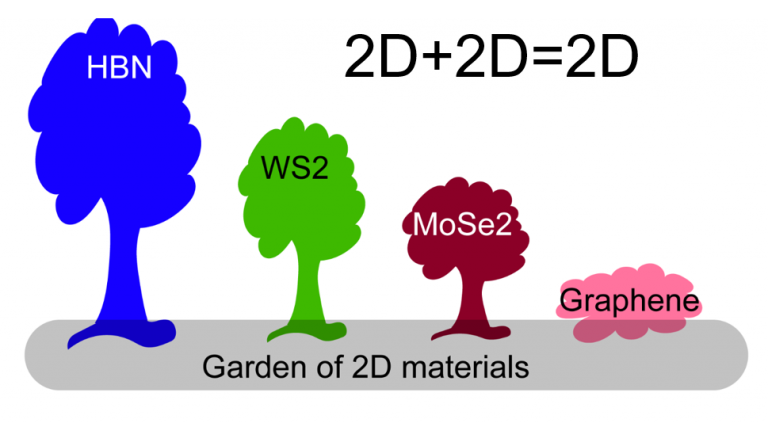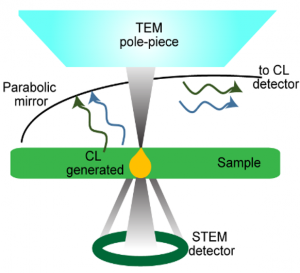Optical Ultrafast Spectroscopy
Aim: We will measure fundamental dynamics to discover new physical phenomena in a wide range of semiconducting materials
Optical excitation can be used to measure coupling and fundamental carrier dynamics, which are responsible for limits on speed and performance in opto-electronics. In our lab, we use ultrafast pump-probe (PP) spectroscopy to measure carrier dynamics in space, time and energy landscape. PP can quantify fundamental properties for photo-detector and photovoltaics, and measure dynamics of optical memories.
Theme 1: Time-resolved optical spectroscopy of carriers and spin/valley in transition metal dichalcogenides (TMDs) and other emerging materials
Exploring logic bits beyond electrons, particularly optical quasiparticles (excitons) as well as longer lived defect states, hold the key to the exciting area of optical circuits which promise ultrafast operation speeds. In the exciting field of two dimensional layered materials, there are a number of outstanding questions about the nature of coupling, carrier dynamics, and defect control. We strive to answer these questions, and create our own questions.
Useful references: Steinhoff et al., “Biexciton fine structure in monolayer transition metal dichalcogenides”, Nature Physics, 14, 1199-1204 (2018); Singh et al., “Trion formation dynamics in monolayer transition metal dichalcogenides”, Physical Review B, 93, 41401 (2016); Singh et al., “Long-Lived Valley Polarization of Intravalley Trions in Monolayer WSe2”, Physical Review Letters, 117, 257402 (2016)
Note about TMDs: Two-dimensional TMDs have unique opto-electronic properties, including enhanced room temperature excitonic luminescence (excitons are Coulomb bound electron-hole pairs), high optical absorption per layer and optical memories spanning large dynamic range.

Theme 2: Optical spectroscopy of homo and hetero-phase materials (HPMs)
Vertical HPMs are thought to be van der Waals bound (weak binding), but recent studies suggest that layers may be coupled more strongly. Optical techniques are ideal to study inter-layer coupling and carrier dynamics which occur over timescales of femtoseconds-nanoseconds.
Further, the twist angle between layers imparts a tunable Moiré period, scaling as (unit cell length)/ (twist angle). These Moiré potentials give rise to well defined localized Moiré excitons, that are protected against disorder, and can be tuned with external fields revealing interesting topological phases. We will measure the fundamental carrier and spin-valley information for interlayer Moiré excitons in hetero-bilayers, as well as Moiré-potential-modulated intralayer excitons.
Useful references: Tran et al., “Evidence for moiré excitons in van der Waals heterostructures”, Nature 567, 71-75 (2019)

Theme 3: Direct optical-structure correlation through cathodoluminescence
Micrometer scale laser spot size (in optical spectroscopy) compared to nanoscale inhomogeneities causes an averaging of measured optical properties. To circumvent this problem, we plan to measure electron beam induced luminescence (cathodoluminescence, CL) in an electron microscope (Scanning EM, Scanning Transmission EM). SEM-CL and STEM-CL benefit from highly localized excitation and simultaneous structural information at the nanoscale.
Useful references: Singh et al., “Direct Optical-Structure Correlation in Atomically Thin Dichalcogenides and Heterostructures”, Nano-Research, 11, 1 (2020)
